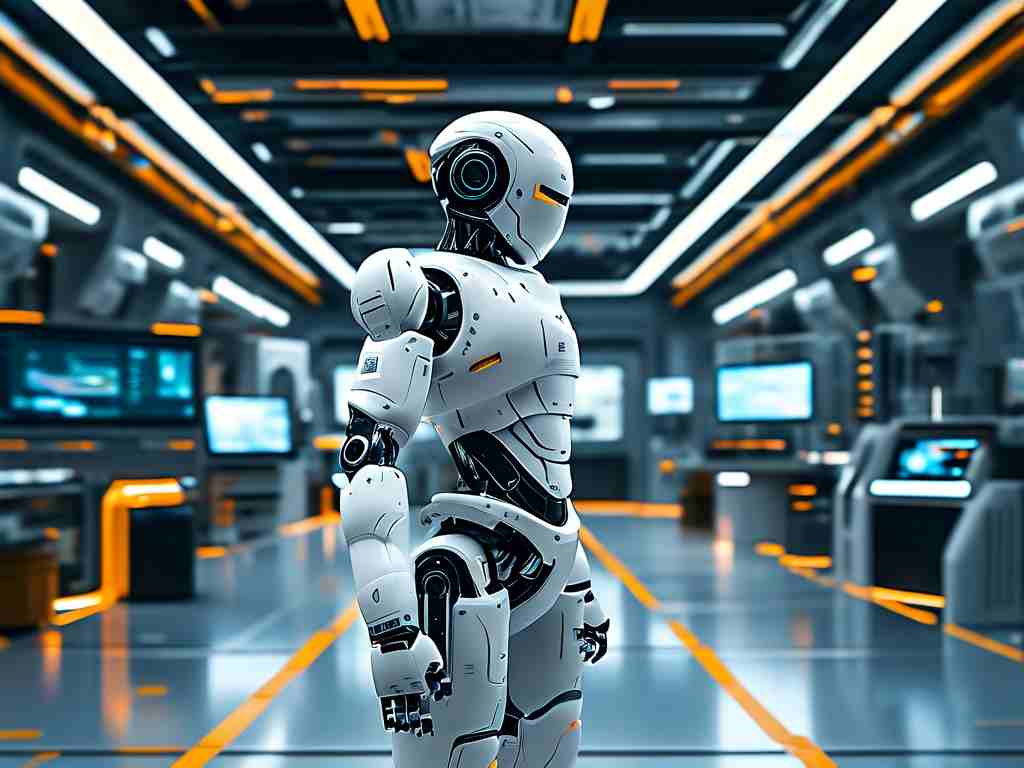The integration of spatial cognition capabilities into robotic systems has revolutionized how machines interpret and interact with physical environments. Unlike traditional navigation methods reliant on predefined maps, modern spatial awareness frameworks enable robots to dynamically analyze surroundings through multi-sensor fusion, adaptive algorithms, and real-time decision-making processes.

At the core of this technology lies simultaneous localization and mapping (SLAM) systems, which combine lidar scans, visual odometry, and inertial measurements to construct 3D environmental models. For instance, Boston Dynamics' Atlas robot demonstrates exceptional terrain recognition through proprietary SLAM implementations, processing over 2 million data points per second to adjust limb movements during complex maneuvers.
Emerging neural-symbolic architectures now bridge the gap between raw sensor data and contextual understanding. Researchers at MIT recently unveiled a hybrid model where convolutional neural networks process spatial patterns while knowledge graphs track object relationships. This dual approach allows warehouse robots to distinguish between temporarily misplaced inventory and permanent structural obstacles with 94% accuracy – a 22% improvement over pure deep learning systems.
The commercial impact spans multiple industries. In precision agriculture, John Deere's autonomous tractors leverage spatial cognition to navigate irregular crop rows while avoiding unexpected obstacles like fallen trees. Medical robotics presents particularly compelling applications: the Versius surgical system from CMR Surgical utilizes millimeter-level spatial awareness to navigate anatomical structures, reducing accidental tissue contact by 37% compared to human-guided instruments.
Technical challenges persist in unpredictable environments. Current systems struggle with reflective surfaces and rapidly changing layouts, as evidenced by autonomous vehicles' occasional misinterpretation of construction zones. To address this, teams at Carnegie Mellon University are developing probabilistic memory networks that maintain multiple environmental hypotheses simultaneously. Early tests show 40% fewer navigation errors in urban mobility scenarios.
Ethical considerations accompany these advancements. The European Robotics Board has proposed certification standards for spatial cognition systems in public spaces, requiring transparent collision-avoidance logic and manual override protocols. Privacy concerns also emerge as environmental mapping increasingly incorporates facial recognition and behavioral prediction capabilities.
Future developments point toward quantum-enhanced spatial processing. IBM's quantum computing division recently simulated a 128-qubit system optimizing pathfinding algorithms 180x faster than classical computers. When deployed in field robots, such advancements could enable real-time navigation through disaster zones with constantly shifting debris patterns.
The convergence of 5G edge computing and spatial cognition opens new frontiers. China's Shenzhen Airport now employs 5G-connected cleaning robots that receive live spatial updates from centralized air traffic systems, dynamically adjusting routes based on arriving luggage carts and passenger flow patterns. This system-level integration reduces operational delays by 15% while maintaining safety margins.
As spatial cognition becomes foundational for autonomous systems, interdisciplinary collaboration grows critical. Roboticists now regularly consult with cognitive scientists to model biological navigation strategies, leading to breakthroughs like neuromorphic chips that mimic hippocampal spatial coding. These bio-inspired architectures consume 60% less power than conventional processors while demonstrating superior adaptability in unstructured environments.
The path forward requires balancing technical ambition with practical implementation. While fully autonomous cities remain decades away, incremental deployments in controlled environments – from smart factories to assisted living centers – demonstrate spatial cognition's transformative potential. As processing power and algorithmic efficiency continue their exponential growth, robots may soon perceive and navigate spaces with human-like sophistication, reshaping industries and daily life in the process.



